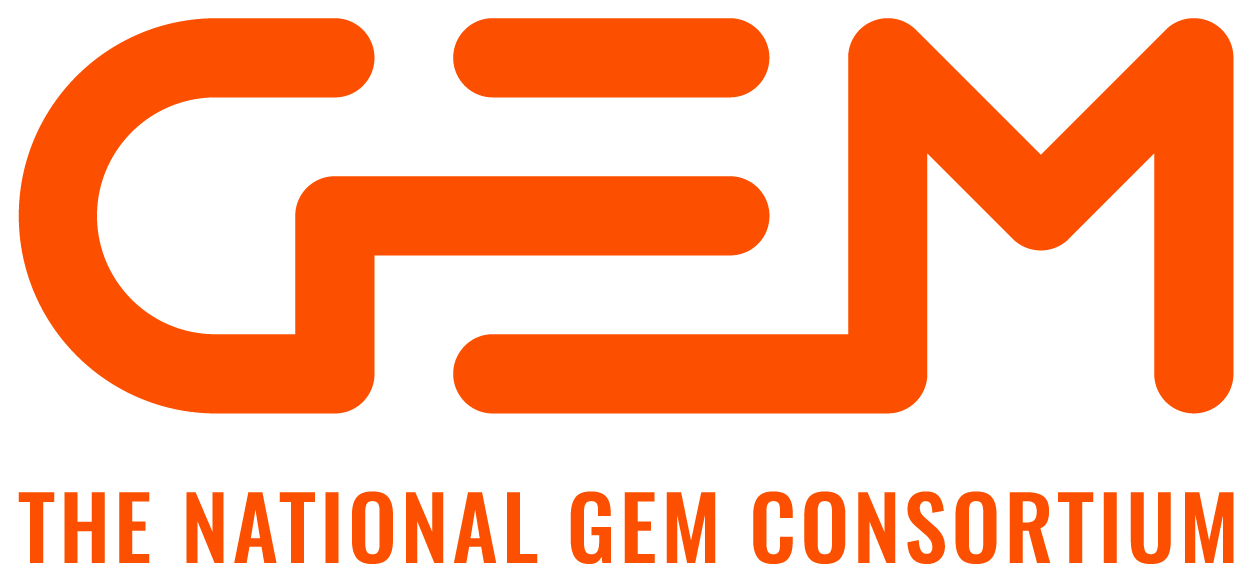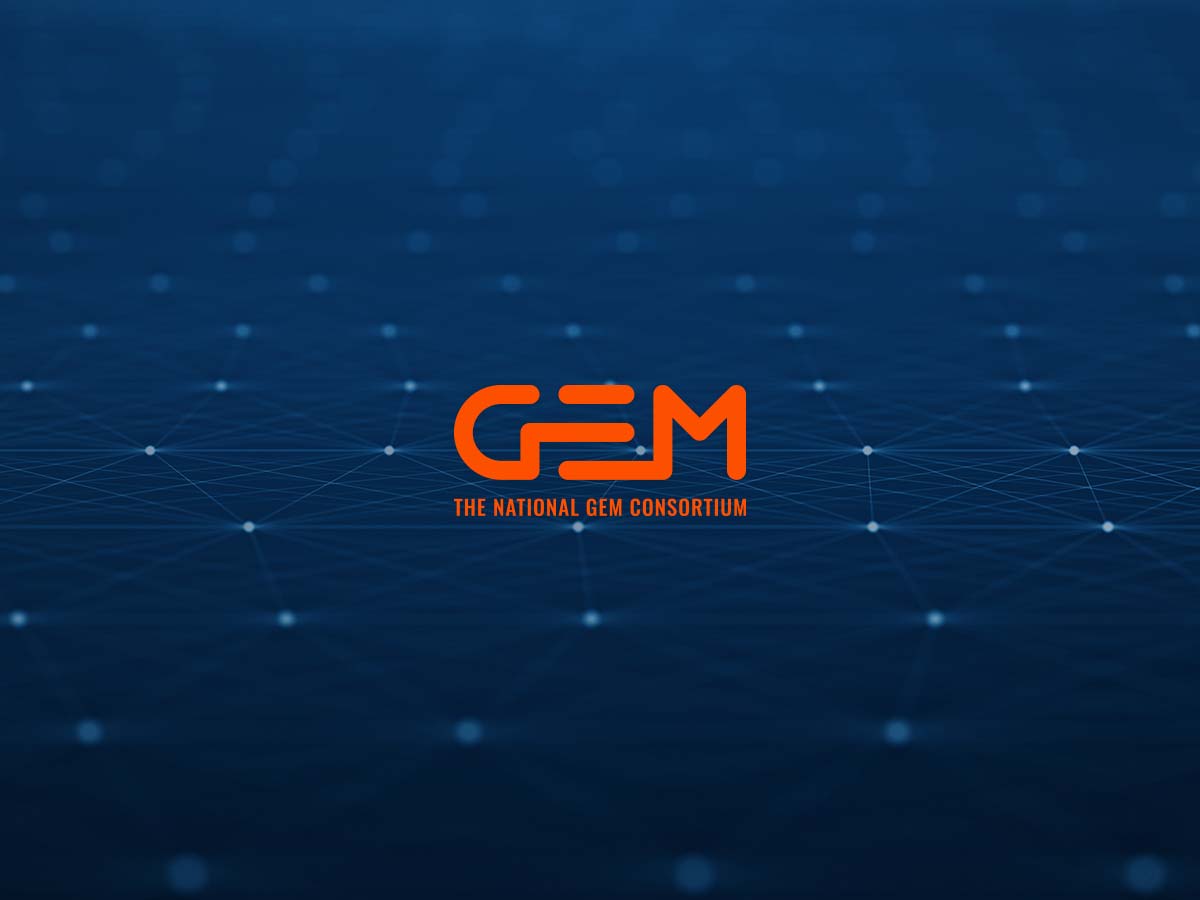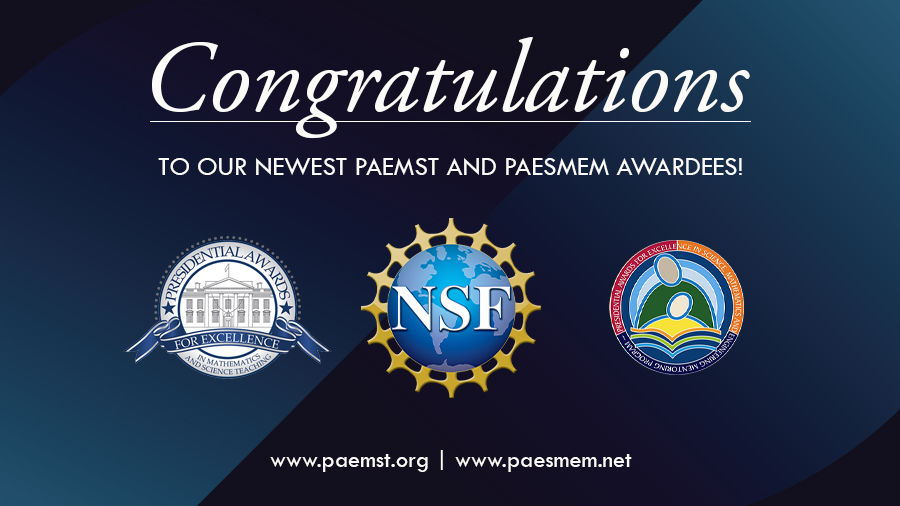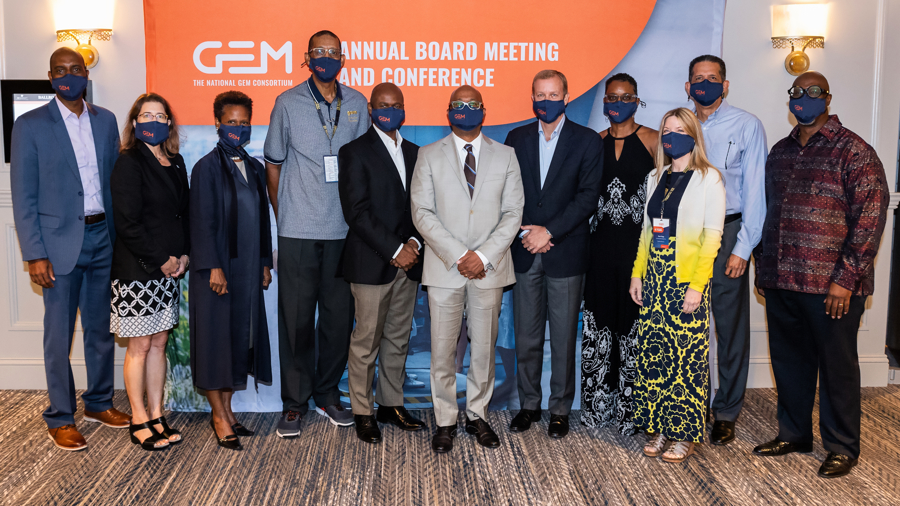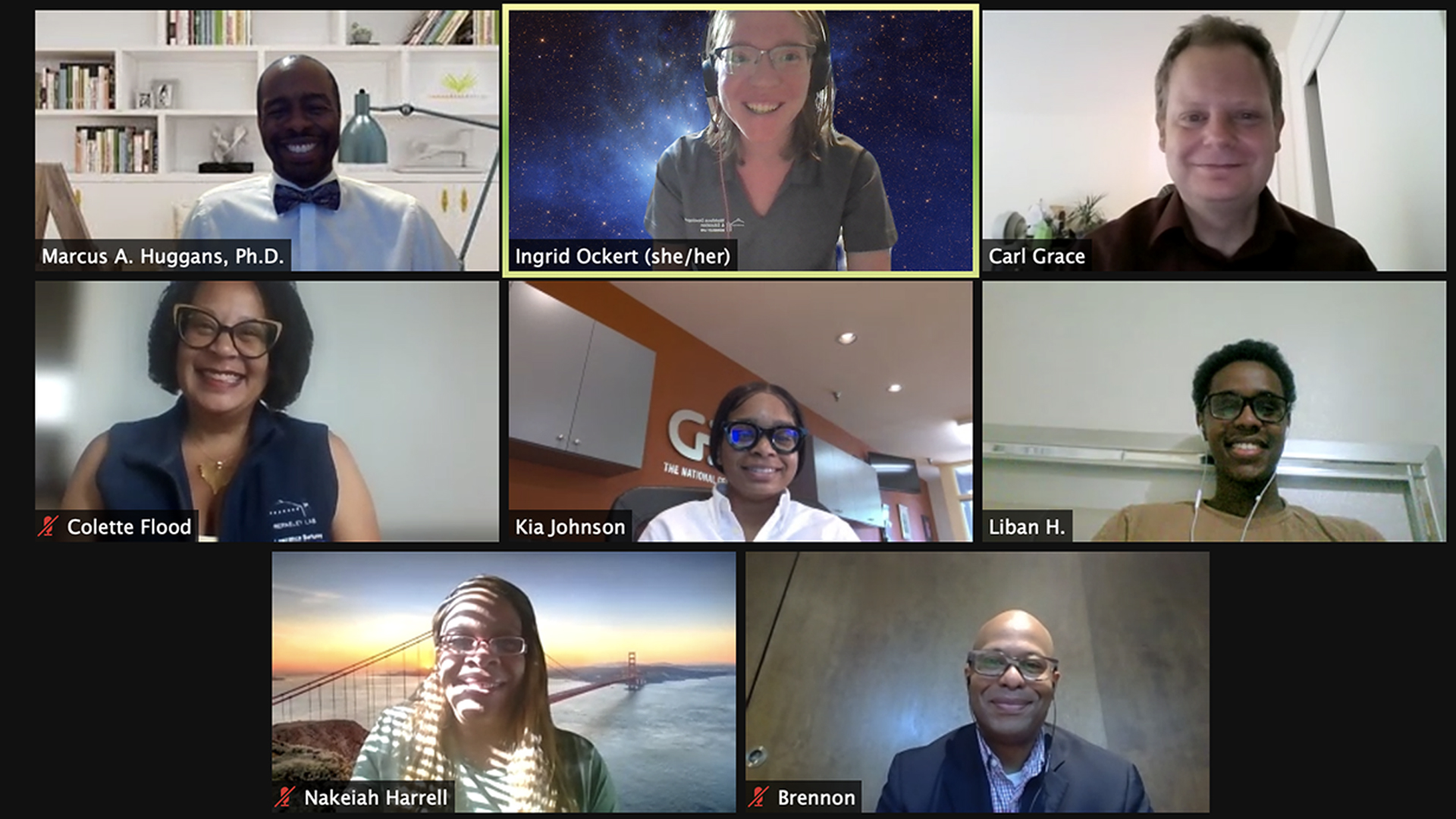Happy New Year! As we usher in the New Year, it’s customary to set new goals and craft new resolutions. This year, I’m aiming to complete at least two publications by the end of 2015.
However, sorting through the mass of potential journals and conferences and deciding where to submit, proves to be a daunting task. In an attempt to lessen the decision-making burden, I’ve outlined a few tips I’ve designed to help identify the right journals and conferences for you.
First, a disclaimer: There is no definitive answer and every researcher has different preferences and formulas for their ideal conferences and journals. Some researchers tend to be more relaxed and may not have much of a preference for where they allow their students to publish, while others are more stringent. In this blog, I will provide tips on composing a list of conferences/journals tailored to your research area. By following the steps outlined in this post, you will be empowered to do the following:
- Know which conferences/journals are most impactful in your research area
- Understand the competitiveness of the conferences/journals your research advisor targets for publication
- Have informed discussions with your advisor about conferences/journals and set year-round deadlines for upcoming publications
To get started, we will take advantage of a few websites that provide academic rankings: Microsoft Academic Search and Google Scholar. Firstly, Microsoft Academic Search is a great starting point if you are unfamiliar with the conferences/journals in your area. In order to identify key conferences in your field, consider the following steps:
- Find your research area on the left side of the page under “All Fields of Study.” For example, my research area is “Computer Science -> Networks & Communications.” You can further refine your search if needed but I’ve found the second level tends be narrow, yet broad enough for most research areas (bookmark this page).
- In the middle of the webpage, you should see a menu with the following options: Authors, Publications, Conferences, Journals, Keywords, and Organizations. Click on “Conferences” and then “See more” on the bottom right of the page. If you are unsure where to click, look at the picture below:

- Now you will see a list of conferences in your research area ranked by Microsoft’s “Field Rating.” Feel free to click on a conference name to learn more, but this all of the information you will need for now.
- Open up an Excel spreadsheet or Google document and create the following headings: Conference, Website, Submission Date, Acceptance %, Pages, MS Field Rating, Google h5 Index. Feel free to use the template I have created for you here.
- Do a quick Google search for the conference name and the upcoming year, something like “INFOCOM 2015.” This should take you to the conference website. Look for “Authors -> Call for Proposals” and identify your research area. If your research area falls under the topics for the conference, then you have found a target!
- Populate your spreadsheet with the conference name, website, submission date, page count, and MS field rating. Redo the aforementioned steps for the list of conferences for the Microsoft Academic Search site. I recommend finding at least 10 conferences to populate your list. Be sure to search for conferences your research advisor has recommended in the past as well as conferences to which students in your research lab have submitted abstracts and publications.
- Next, go to Google Scholar, and search for each conference acronym in your list. When your conference appears, be sure to place the h5-index for the respective conference in your spreadsheet. You can look up the meanings of “h5-index” and “Field Rating” in your free time. In summary, both numbers are a formula to determine how many publications are being cited for the respective conference/journal in recent years.
Next it’s important to populate a list of journals:
- Open a new tab in your spreadsheet named “Journals” and use the same headings as the “Conferences”
- Next, add an additional heading called “Impact Factor.” Go back to the Microsoft Academic Search page you bookmarked previously and this time click on “” Now follow the same steps as you did before to populate your list of journals. Go to the Google Scholar link from earlier and on the left side of the page look for your field under “Engineering & Computer Science.” You will likely find many of the same journals on the Microsoft and Google site.
- To populate the “Impact Factor,” conduct a Google search for the journal. Many times, journals list their respective impact factors on their websites.
Finding the acceptance percentages for conferences/journals can sometimes be tricky; not all conferences/journals release their acceptance rates to the public. There are many websites who attempt to gather the acceptance rates for particular research areas. You can try to find these sites with a quick a Google search. For example, my research area is in “networking” so if I Google search “networking conference statistics,” the first site in the search is Networking Conference Statistics. Once you find a good website, be sure to populate the “Acceptance %” in your spreadsheet.
Now you are prepared to have informed conversations with your advisor and colleagues about potential targets. Be sure to discuss your list with your advisor and come to an agreement on which conferences/journals to target. Depending on your current research progress, you may want to target a date further out. After finding a date, target conferences/journals that have high field ratings, h5-indexes, and impact factors, but also have decent acceptance rates.
After you make the list, don’t forget to keep it up-to-date. I tend to update my list once a month by visiting conference/journal websites. After the discussions with your advisor about your list, you may want to share it with your lab mates. If your research advisor asks to make your list the list of choice for the lab, you’re in good shape! For a complete example of the final conference and journal lists, 2015 – you’re in luck if your research area is in computer networking. Happy New Year and try to target at least two publications for 2015!
Disclaimer: This blog does not provide facts or rules, but reflect heuristics I have learned from personal experiences and from others who have endured the journey while in graduate school. Opinions in this blog are those of the writer and may not necessarily reflect the opinions of GEM.
By: Dr. Corey E. Baker. This blog was written while he was a GEM Fellow and graduate student at the University of Florida. Dr. Baker is an Assistant Professor in the Department of Computer Science at the University of Kentucky. Follow him on Twitter: @DrCoreyBaker. His personal website is coreyebaker.com.
